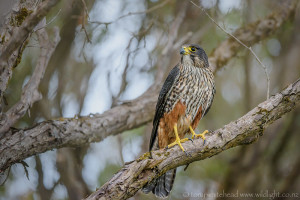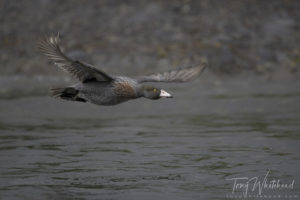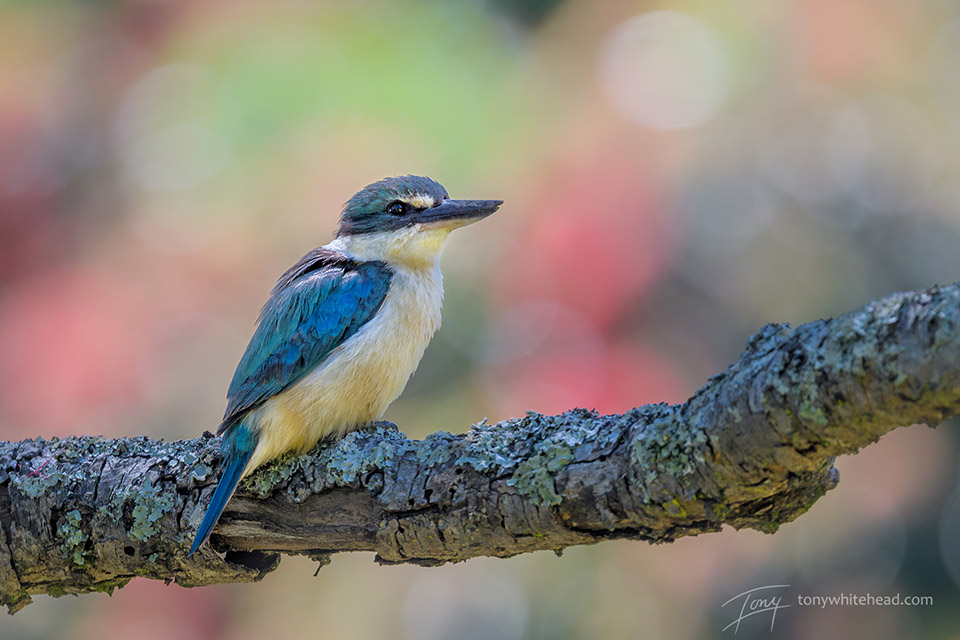
I have had a Nikon 500mm f5.6 lens on pre-order since shortly after it was announced in August 2018. Worldwide supply issues have required patience but luckily it was delivered last week. I have had a couple of chances to do some initial brief tests so will share some first impressions.
The Nikon 500mm f5.6 is an evolution in bird photography gear and in my opinion quite a significant one. Extreme telephoto primes are a niche product with a relatively small market of bird, wildlife and sport photographers. Bird photographers, especially, are often in situations where more reach is helpful so we are tied to carrying big, heavy lenses and the cost of these is a significant barrier to photographers wanting to explore the genre. With the evolution of crop sensor DSLR bodies and increased affordability of telephoto zooms this barrier has dropped but until now telephoto primes have remained large and expensive, with the exception of the the Nikon 300mm f4PF.
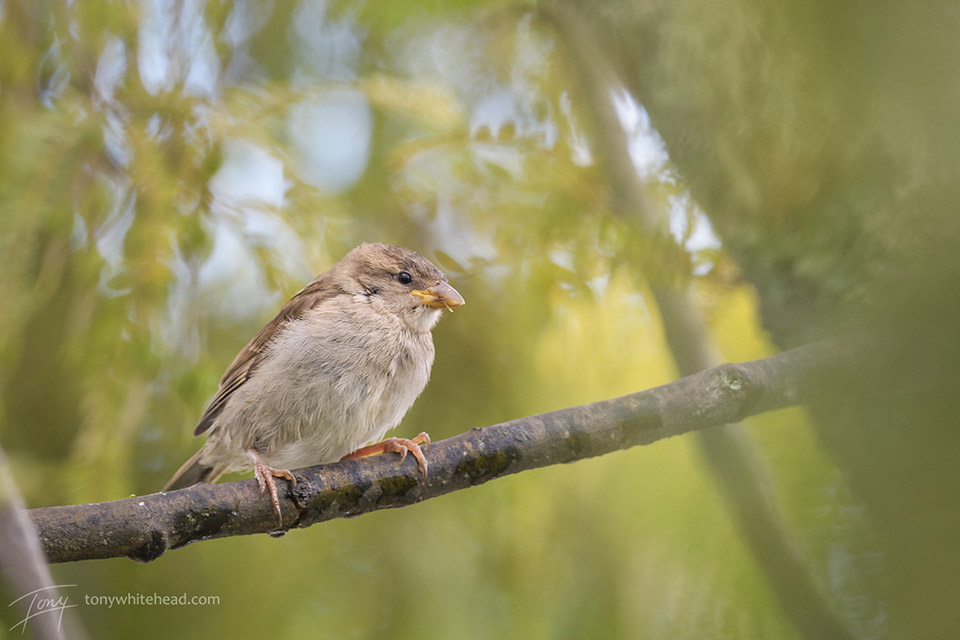
A few years ago my standard bird rig was a Nikon 500mm f4VR with TC14 teleconverter on a Nikon D3s. This gave me a full-frame angle of view of a 700mm f5.6 lens onto 12 megapixels and weighed in at 6kg. With the Nikon 500mm f5.6PF on a Nikon D500 I now have access to an angle of view equivalent to a 750mm f5.6 lens onto 21 megapixels weighing 2.4kg. This is a significant advantage when having to carry gear all day and when travelling but as in all things there are compromises and no free lunch.
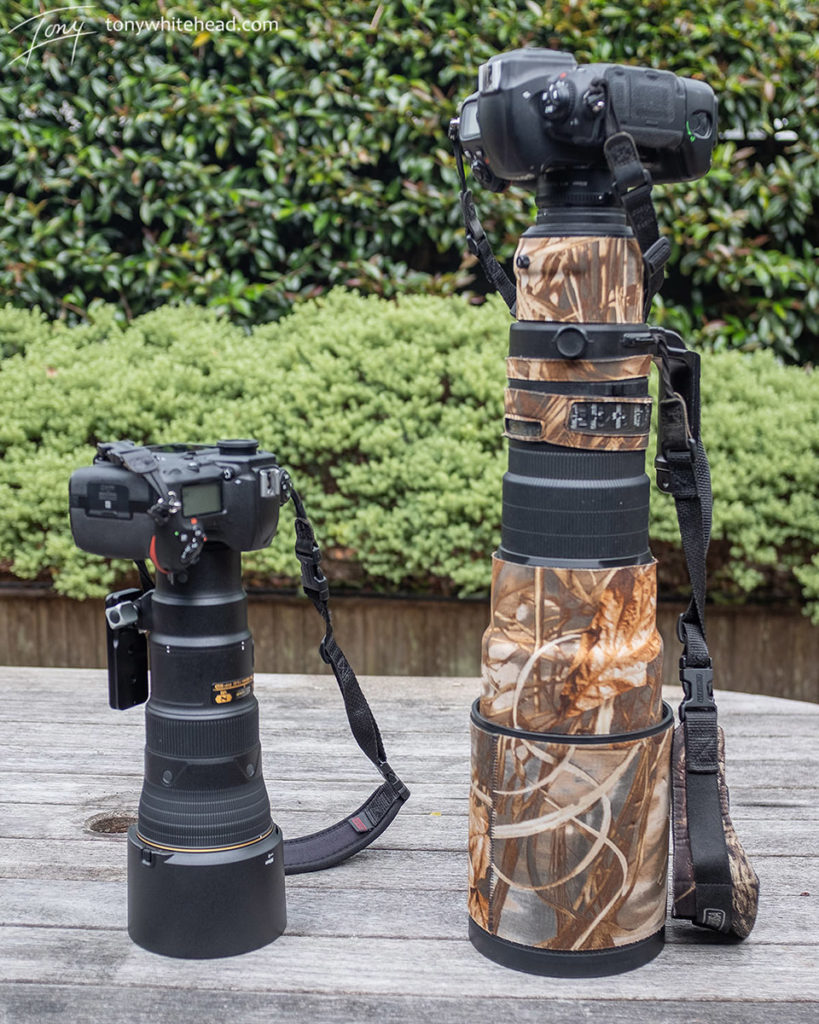
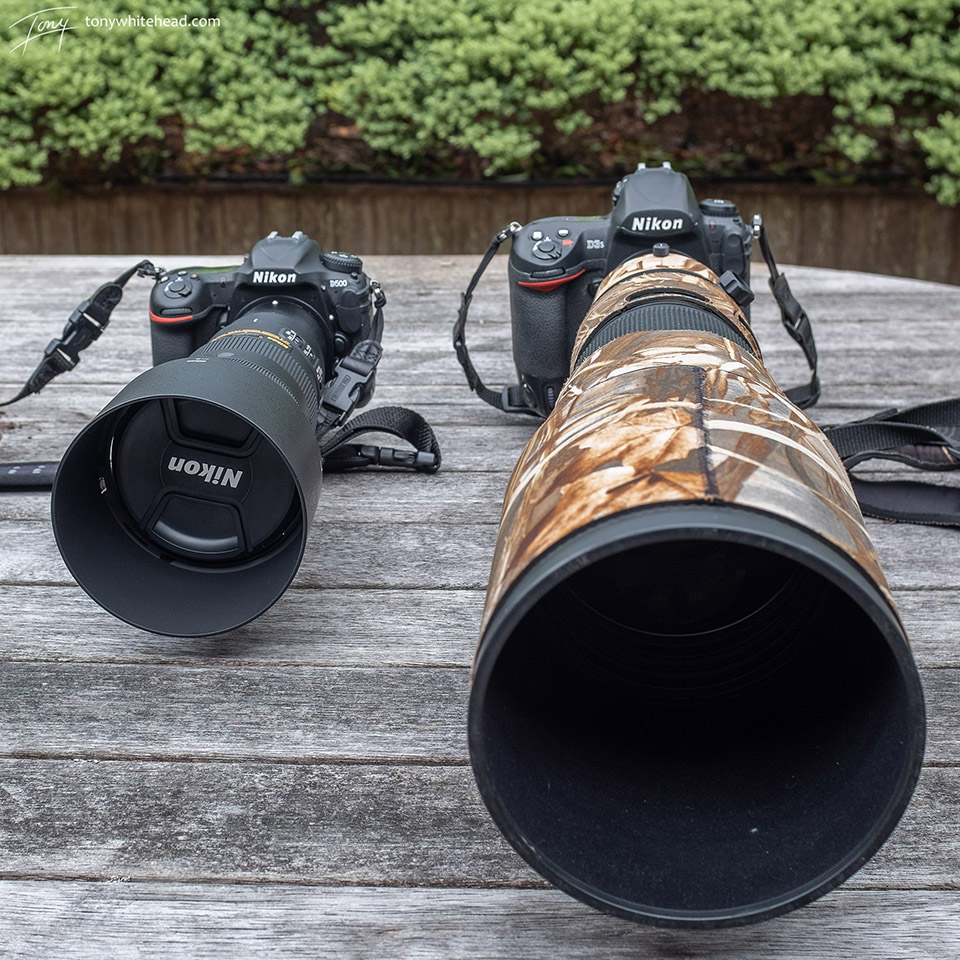
Choosing photography gear for a job is always a matter of balancing compromises but the one area that most serious photographers won’t compromises on is sharpness. There are places where sharpness isn’t critical but bird photography isn’t one of them. Even if we do spend time on pan-blurs and impressionistic images most of the time we are wanting to record crisp details. On this front the Nikon 500mm f5.6PF doesn’t disappoint. From the field testing I have done the images are as sharp as any other Nikon telephoto prime that I have used.
Build quality is also crucial in a lens that is going to be out in all conditions and again this lens ticks all the boxes. It is solid and weather sealed. The hood attaches solidly with a release button needed to detach it so there is no risk of it dropping off like the hood of the Nikon 200-500mm zoom is prone to.
The compromise I find myself balancing is trading the f5.6 maximum aperture for the benefit of the lighter weight. In some cases this is acceptable and when aiming for birds in flight it is the obvious choice. The lighter lens balances beautifully on the Nikon D500 and is quick to point, achieve focus and track flying birds. Far easier than lifting and swinging the 500mm f4. I have never been a fan of using a gimbal mount on a tripod for flying birds as it the exact opposite of wing-shooting with a shotgun and so to me is counterintuitive. The success rate with the lighter lens is significantly greater.
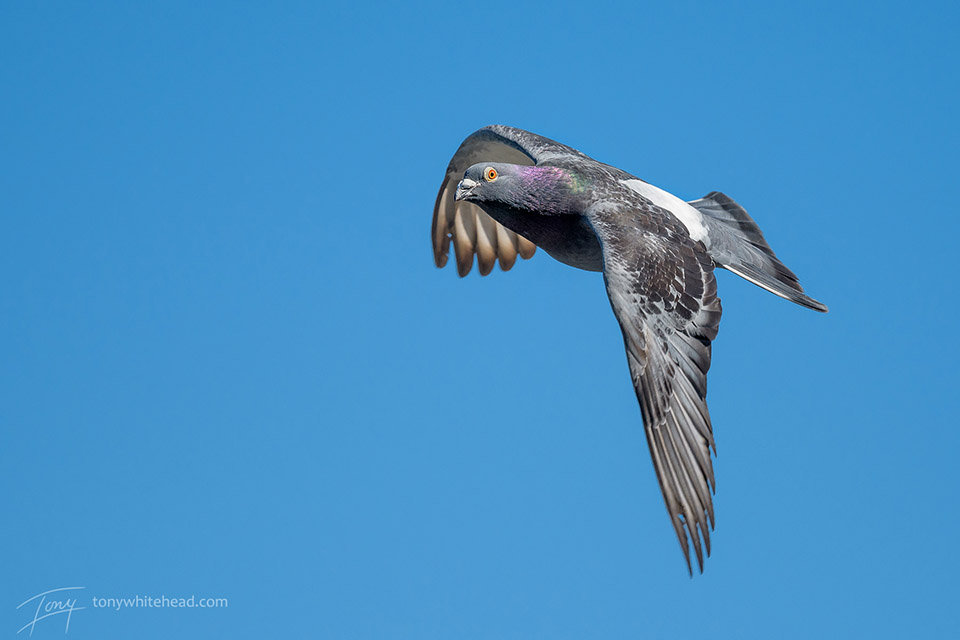
The other situation where the lighter lens shines is handholding a composition waiting for an interesting behaviour. One of the skills in bird photography is to understand bird behaviour so that you can predict and anticipate interesting action. The lighter the lens the longer you can hold a decent composition while waiting and the Nikon 500mm f5.6PF is a revelation in this regard. I have really enjoyed the Nikon 300mm f4PF for this but the extra reach of the 500mm can be really useful. The 500mm f4 in this situation can only be held for 10s of seconds and usually requires a monopod which slows setting up.
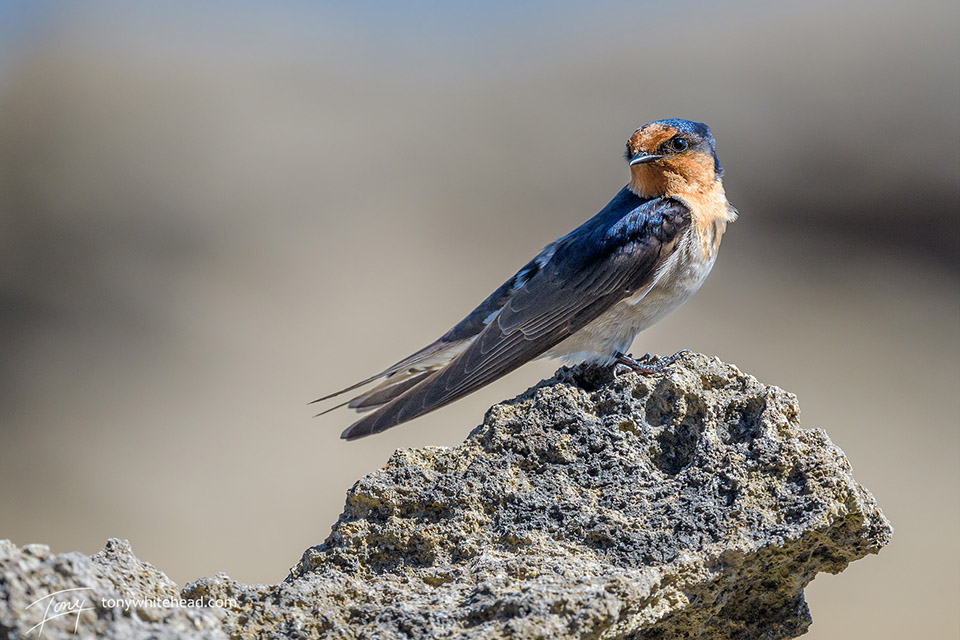
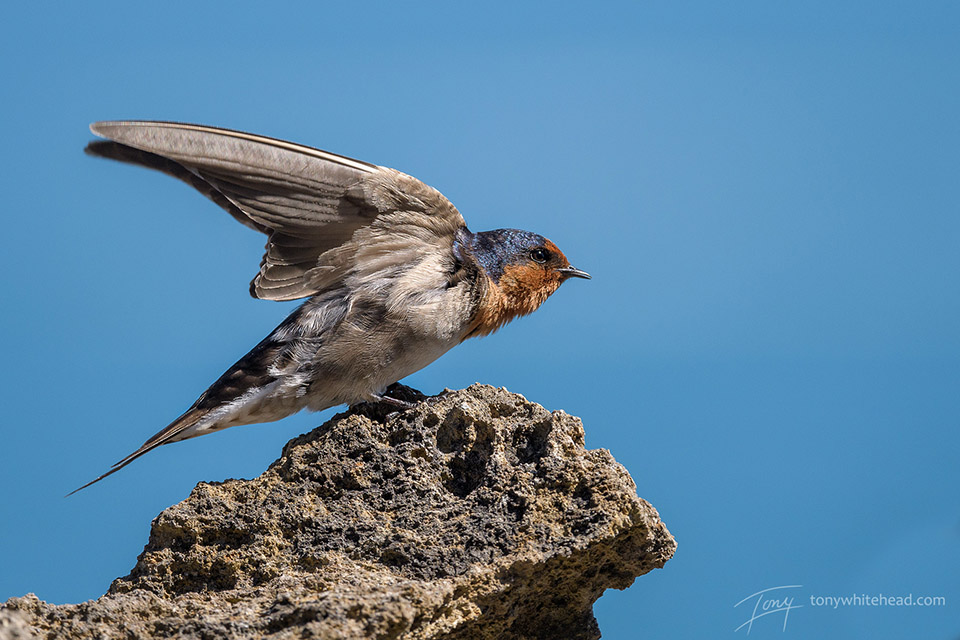
The areas where the compromise doesn’t work is when extreme reach is needed. I am recently back from a trip where almost all the work with one species was with the 500mm f4VR with the TC14 teleconverter to achieve a field of view equivalent of 1050mm f5.6. This was because we were dealing with tiny subjects in an open environment. Light levels were often low requiring higher ISO so dropping an f-stop was not an option. Unfortunately in wildlife photography the best light and often the best action occurs at the edges of the day so a slower lens can shorten the time available to achieve good results. When I was travelling to South Africa regularly it was amazing how often the best images came in the last few moments of light when it was a constant juggle with increasing ISO and dropping shutter speed. Improving high ISO performance of camera bodies have helped in this regard but you still cannot afford to throw away a stop of light without losing something in image quality and at the edges of the day you will lose opportunities.
The other area where the Nikon 500mm f5.6PF may suffer in comparison to the f4 lens is in subject separation form a background. The f5.6 aperture will give greater depth of field so will blur the background less. This will be less significant for near subjects and distant backgrounds but I haven’t had any chance to test this from a practical point of view yet. This is less of a concern for birds in flight where I would often stop down to f5.6 or f8 if light allows to increase depth of field to give more leeway with focus.
At this stage I don’t see the Nikon 500mm f5.6PF being a replacement for the f4 super-telephotos. It is a better tool in certain situations but the big lenses remain better tools in other situations. As a lens for birds in flight in good light it is hard to beat. As a walk-around telephoto lens it is much easier and more comfortable to carry and for travel that is not entirely photography focussed will be a much nicer travel option if you accept that you will lose some opportunities when the light levels drop. Conversely you will get some opportunities simply because you will have brought the lighter lens when the heavier lens would have been left behind completely.
For someone building into bird photography it is a much more affordable option but is still a lot more expensive than the Nikon 200-500mm f5.6 zoom. The zoom has the flexibility of various focal lens and is great value. For me the downsides of the 200-500mm zoom are the lack of weather sealing, size, suboptimal handling characteristics (bigger and longer and slightly front heavy when zoomed compared to the prime, long zoom throw), dust pump design and frustrating lens hood but in terms of flexibility and sharpness per dollar spent it is hard to beat.
It has never been a better time to be a photographer and especially as bird photographers we are now spoilt for choice compared to only a few years ago.
Bird photos all with Nikon D500 and Nikon 500mm f5.6PF. Gear photos with Fuji X100F.
